The Hilarious World of Memes and GIFs
written by art historian & curator
In the sprawling expanse of the digital realm, where communication unfolds in pixels and bytes, memes and GIFs emerge as vibrant threads of online humour. These visual expressions, akin to modern-day hieroglyphics, transcend linguistic barriers, weaving together a mosaic of laughter and levity that resonates across cyberspace.
Videos you may enjoy as well:
Memes, those whimsical amalgamations of images and text, serve as the cornerstone of internet humour. From the iconic ”Grumpy Cat” to the ubiquitous ”Distracted Boyfriend”, memes encapsulate the zeitgeist of our digital age, distilling complex emotions and societal observations into bite-sized morsels of amusement. With their ability to evolve and adapt at breakneck speed, memes capture the fleeting moments of pop culture, transforming them into timeless symbols of online hilarity. Complementing the static charm of memes are GIFs – those dynamic snippets of animation that speak volumes without uttering a single word. Whether it’s a celebratory dance from a favourite TV show or a looped clip of a cat’s comedic antics, GIFs possess an unparalleled capacity to convey meaning in the blink of an eye.
Let’s explore the impact of these digital artefacts on our daily experience and enjoy the laughter that binds us together in the vast expanse of the digital age.
The Birth of Memes and GIFs
The inception of memes and GIFs marks a pivotal moment in the evolution of digital communication, transforming the internet from a mere conduit of information into a vibrant landscape of humour and expression. While their origins may seem humble, these ubiquitous forms of online entertainment have left an indelible mark on cyberspace, shaping the way we interact, communicate, and laugh today in the digital environment.
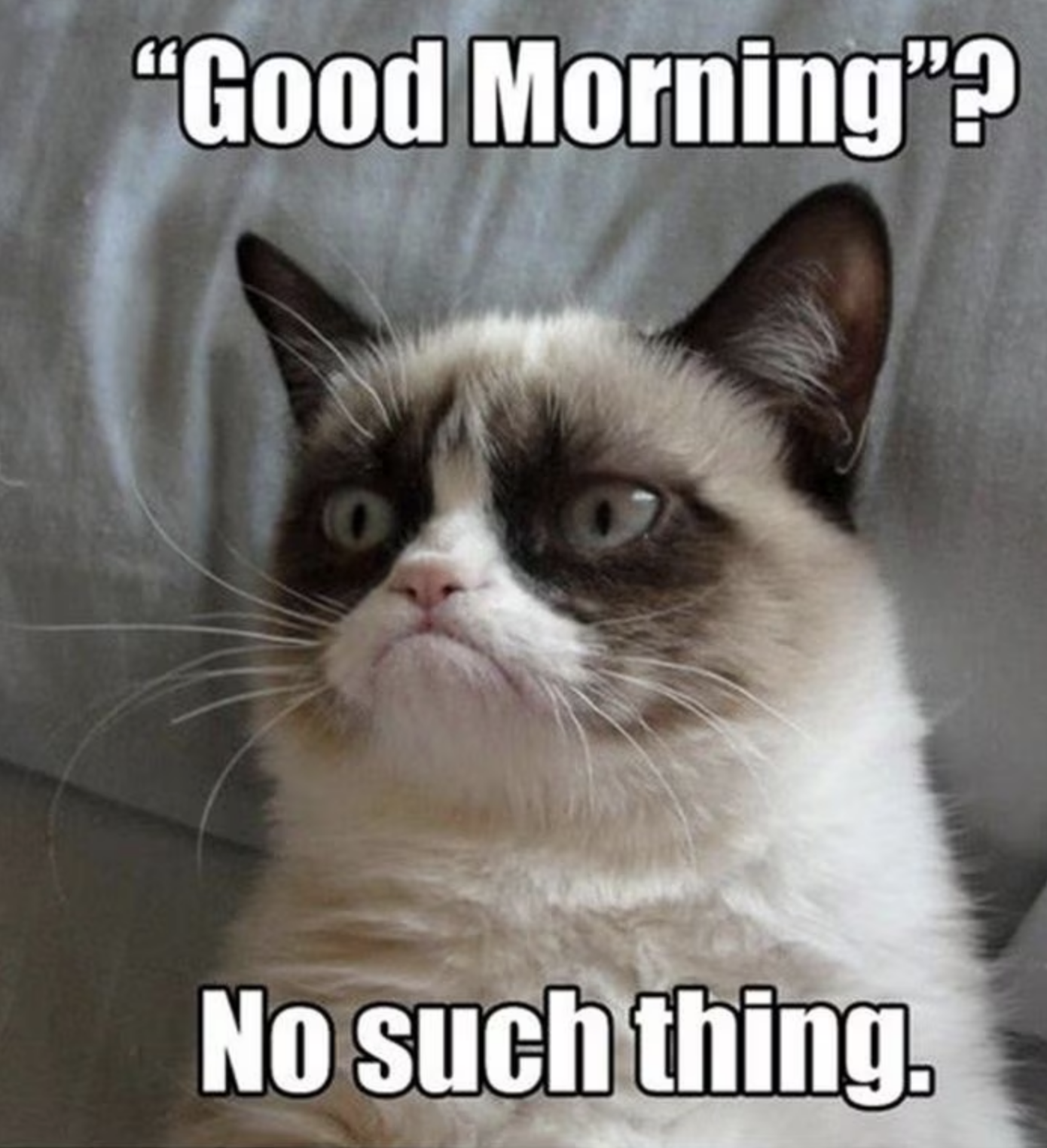
Memes, the playful progenitors of internet humor, first emerged in the early days of internet forums and message boards. Initially, they took the form of simple images adorned with witty captions, serving as inside jokes shared among early denizens of cyberspace. ”Advice Dog” and ”Bad Luck Brian” are iconic memes that quickly gained traction, spreading virally across the internet like wildfire. Their appeal lies in their ability to distill complex ideas into easily digestible nuggets of humour, fostering a sense of community among users and sparking countless variations.
In opposition to the static charm of memes are the lively GIFs, short animated loops that add dynamism to online communication. GIFs were initially used for simple animations and graphics. However, it wasn’t until the advent of platforms like Tumblr and Reddit that GIFs truly came into their own as a form of entertainment. With their ability to convey emotion in a matter of seconds, GIFs quickly became a staple of online communication, enriching conversations with humour, personality, and nuance.
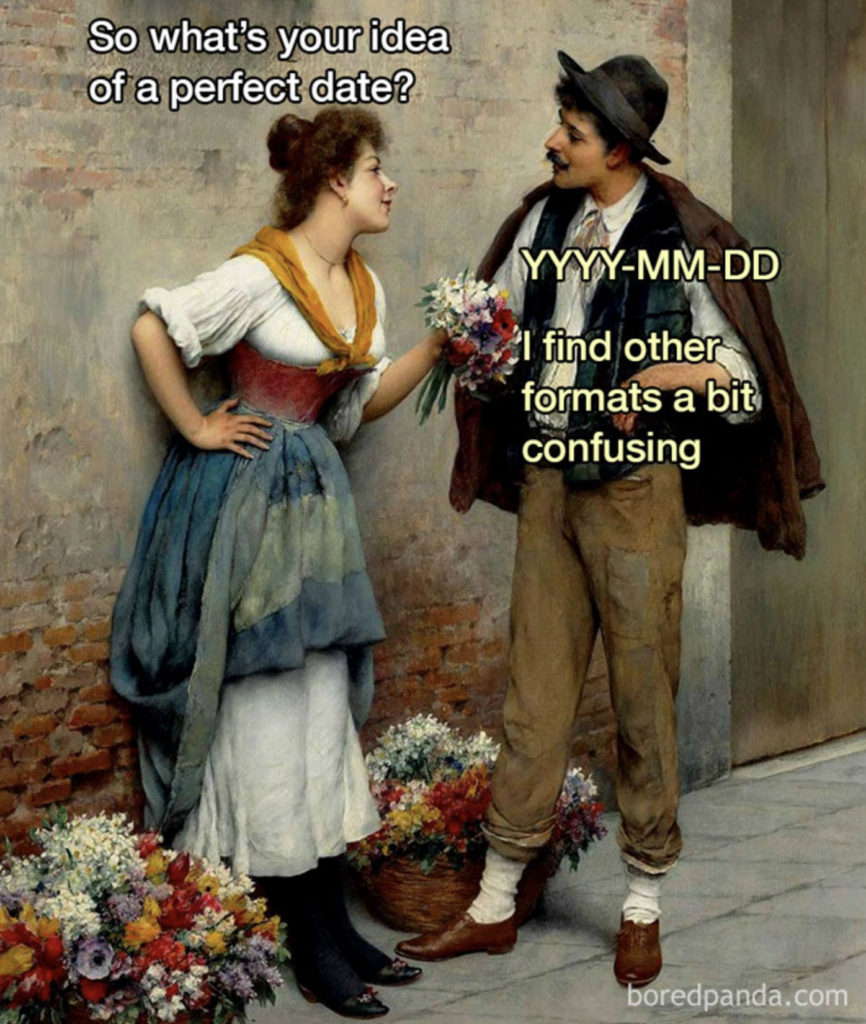
Together, memes and GIFs represent a major shift in the way we engage with digital content. Today, they have their own status as ubiquitous elements of online culture and have proven themselves to be enduring symbols of creativity and humor. As we continue to navigate the ever-changing landscape of cyberspace, one thing remains certain: the laughter they inspire knows no bounds, bridging gaps and forging connections in an infinite digital world.
Critical consumption of Memes and GIFs
At the heart of meme and GIF consumption lies the question of interpretation. While these visual forms of communication often elicit laughter and amusement, they also possess the power to shape perceptions and influence attitudes. As consumers, it is essential to critically evaluate the messages conveyed by memes and GIFs, considering their context, intent, and potential consequences. What may seem innocuous or humorous on the surface may carry deeper implications or perpetuate harmful stereotypes upon closer examination.
Moreover, the consumption of memes and GIFs demands an awareness of the digital ecosystem in which they reside. In the age of social media algorithms and echo chambers, our online experiences are often curated based on our preferences and behaviors. This phenomenon, known as filter bubbles, can lead to a narrow and distorted view of the world, reinforcing existing biases and isolating us from alternative perspectives. As such, consumers must actively seek out diverse sources of content and engage critically with the memes and GIFs they encounter.
In parallel with consumption, the creation of memes and GIFs raises important ethical considerations. While these digital artefacts offer a platform for creative expression and humour, they also carry a responsibility to consider the impact of our creations on others. Memes and GIFs have the potential to spread rapidly across the internet, reaching millions of users within seconds. As creators, we must exercise caution and empathy, ensuring that our content does not inadvertently harm or offend others.
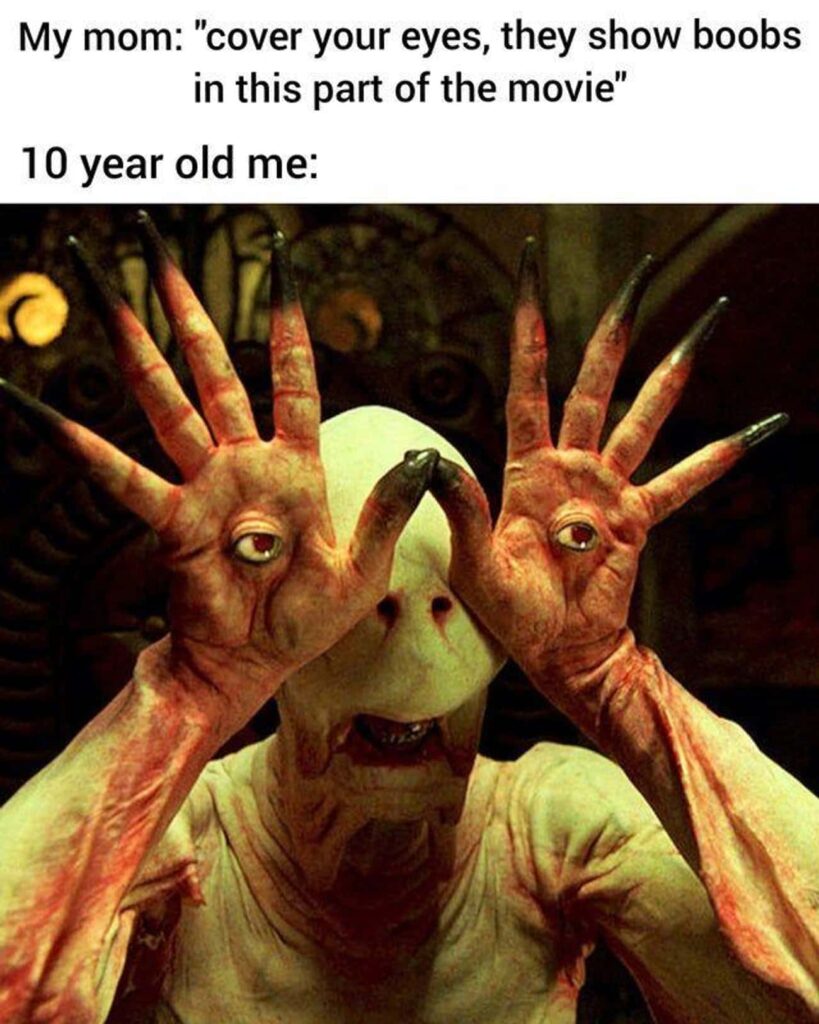
Furthermore, the creation of memes and GIFs intersects with issues of intellectual property and copyright. Oftentimes, memes and GIFs are derived from existing media, such as movies, TV shows, or photographs, without proper attribution or permission from the original creators. This practice raises questions about artistic integrity and fair use, as well as the rights of content creators to control how their work is disseminated and shared online. One must strive to uphold ethical standards and respect the intellectual property rights of others in our meme and GIF creation endeavours.
By examining the social, cultural, and ethical dimensions of these digital artefacts, we can better understand their impact on individuals and society at large. As consumers, we must engage with memes and GIFs mindfully, considering their context and potential implications. As creators, we must wield our creative power responsibly, mindful of the impact our content may have on others.
”Bringing digital things into a physical space”, Petra Cortright
Petra Cortright is a trailblazing artist whose canvas is the digital realm, where she deftly weaves together pixels and algorithms to craft captivating works that dance on the edges of tradition and innovation. Through her visionary lens, she transforms the ephemeral essence of internet culture into tangible art forms, inviting viewers to immerse themselves in a world where the boundaries between the virtual and the tangible blur into a mesmerising mosaic of colours and concepts. Every pixel is imbued with meaning, every byte a vessel for expression. Through her masterful manipulation of digital elements, memes morph into masterpieces and emojis become the hieroglyphs of a digital age.
In the series titled ”VVEBCAM”, Cortright explores the intersection of self-portraiture, internet culture, and digital aesthetics. Cortright is capturing her own image via webcam, often accompanied by a flurry of digital elements such as emojis, text overlays, and animated GIFs sourced from the internet. These digital embellishments serve as a commentary on the ubiquity of digital imagery in our lives, as well as the performative nature of self-presentation in the age of social media.
What makes ”VVEBCAM” particularly noteworthy is its seamless integration of internet vernacular, including memes and GIFs, into the realm of contemporary art. By incorporating these digital elements into her paintings, Cortright blurs the boundaries between online ephemera and traditional artistic mediums, challenging viewers to reconsider their preconceived notions of what constitutes art in contemporary times.
Beyond individual artists, the contemporary art world at large is embracing memes and GIFs as legitimate forms of artistic expression. Online galleries and digital art platforms are showcasing works that incorporate these digital mediums. Museums and galleries are also recognising the cultural significance of memes and GIFs, incorporating them into exhibitions and installations that explore the intersection of art and technology. One particularly notable example is the ”Internet Yami-Ichi” (Internet Black Market) events that have been held in cities around the world. These events bring together artists, designers, and internet enthusiasts to buy, sell, and trade internet-related artwork, including memes, GIFs, and other digital creations. By creating physical spaces for the exchange of digital art, the Internet Yami-Ichi events challenge traditional notions of art ownership and value, fostering a sense of community and collaboration among participants.
At the end, memes and GIFs are not just fleeting distractions of internet culture; they are legitimate forms of artistic expression that are shaping contemporary art in profound ways. Whether it’s through digital paintings, animated GIFs, or immersive installations, artists are harnessing the power of memes and GIFs to create thought-provoking works that engage with the complexities of our digital age. As technology continues to evolve, so too will the ways in which artists incorporate digital mediums into their practice, ensuring that memes and GIFs remain an integral part of contemporary art for years to come.

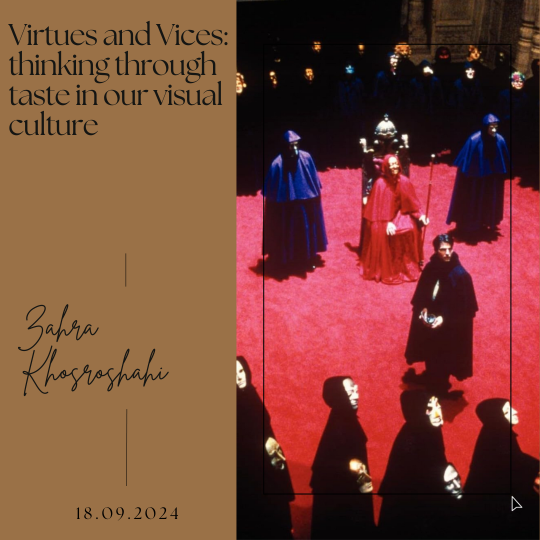
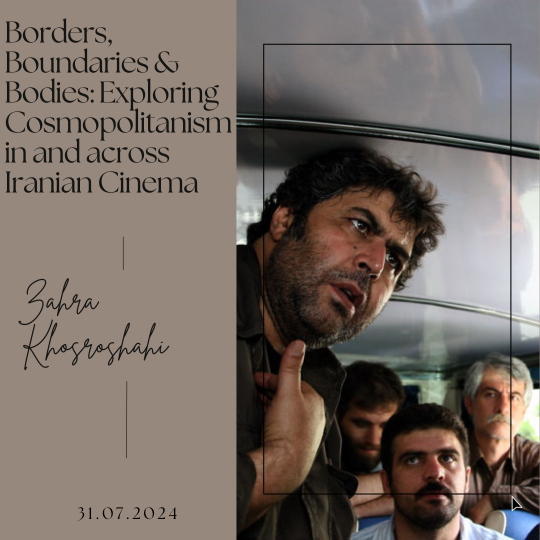
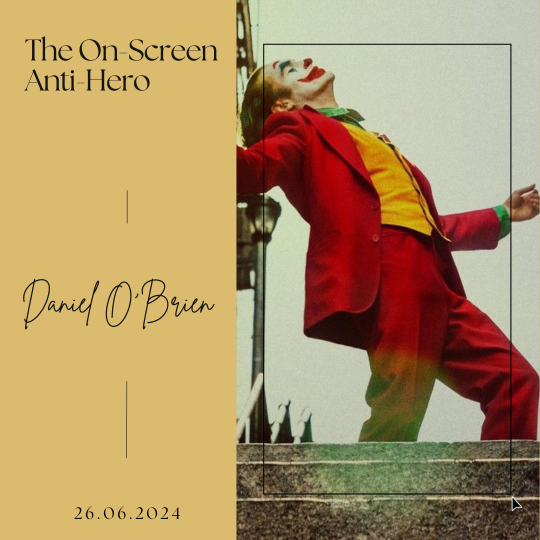
Leave a Reply